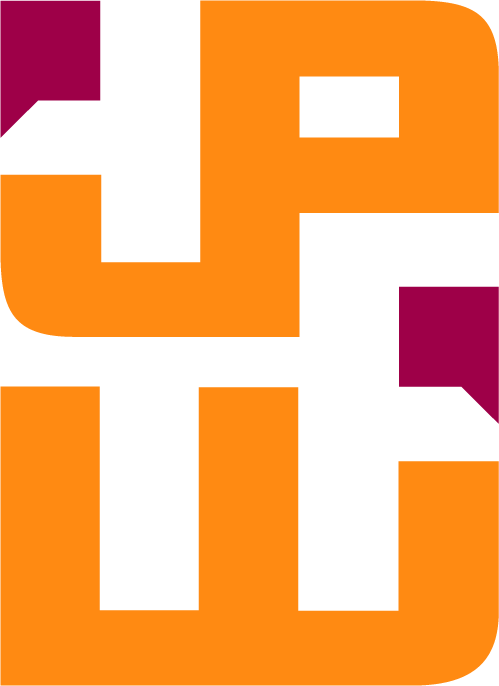Using your strategic communication skills to earn rebrand buy-in
BY BAYLEE AKINS
POV: You know you want a rebrand and have a vision for your agency. Now, it's time to get your agency's decision makers on board, prepped and energized for this next chapter.
How can you leverage your strategic communication skills to earn the buy-in you need to bring this project to life?
To be successful, the rebranding process requires buy-in from all decision makers. If even one person isn't on board, the train could derail—and that could cost your agency time, resources or worse, positive public sentiment. We've seen it before, and it isn't pretty. So, before you even have the budget talk, we encourage you to take the time to garner your team's commitment to the process to avoid an uphill battle.
Taking the time to do this next step strategically could mean the difference between a timely, successful rebrand and a costly, drawn-out battle. By using the following strategic communications skills, you can effectively articulate what you're trying to achieve, how you plan to achieve it, and with a little luck, generate enthusiasm.
Step 1: Determine the problem and find the connection
While you're prepping your pitch, ensure you're solving the right problems. Thinking through the reasons why they wouldn't approve a rebrand will help you choose the right messaging strategy and address concerns head-on. Examples of common rebrand concerns include but aren't limited to:
Budget constraints
Staff bandwidth
Constituent sentiment
Personal attachments to a brand
Marketing knowledge gaps (why you might need a rebrand, what it entails, etc.)
Once you know their "why," you can bridge the gap and message appropriately. If their "why" concerns constituent sentiment toward a new brand, leaning into research will be important. This removes emotion from the equation and ensures community consideration. If their "why" is a marketing knowledge gap, articulating the value of marketing to achieve their specific project or agency goals will be key.
Step 2: Use benefit statements
It all comes back to what is in it for them. You've identified the "why," and found the connection; now it's time to articulate that connection with a benefit statement. By clearly addressing the concern and providing reassurance upfront, you are increasing understanding and transparency in the process, which will help everyone understand how and why the pieces are connected.
An example of a benefit statement for an agency that spent resources restructuring their agency but may not see the value in marketing: Our agency invested in its future by restructuring our business model and focusing on our key differentiators. Marketing and branding are effective ways to signal to our target audience that we've made this investment and differentiate ourselves from our competitors. By signaling this shift, we can reenergize committed constituents and grab the attention of those who may not be familiar with our agency and mission.
Step 3: Outline the process and when they're involved
Branding is personal, and everyone has an opinion. The trick is funneling everyone's feedback at the right time to ensure it's productive. To avoid frustration and design derailments during the process, be clear with your decision makers when their insight will be welcomed and how the project will progress. This calibrates expectations and sets a clear timeline for approvals.
Last but certainly not least, we wanted to offer the pro tip of paring down your project team. Branding is a project where the old adage rings true—two people in a room can get more done than 100.
If you are able to successfully leverage your skills using these tips, let us know on LinkedIn.
Have you secured buy-in and are ready to talk budget? Reach out to team JPW.

